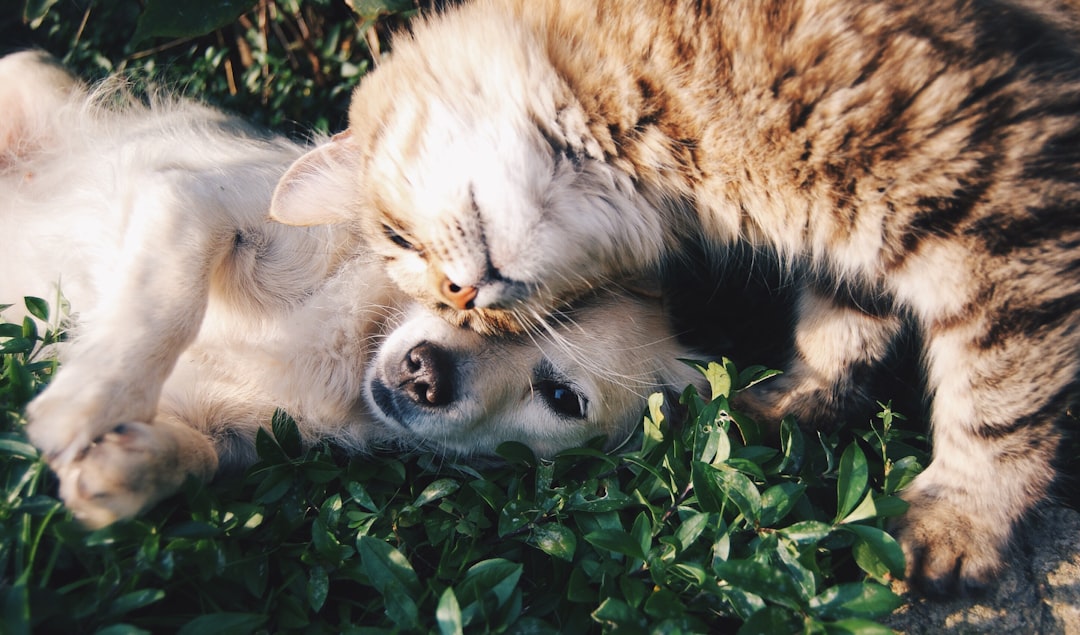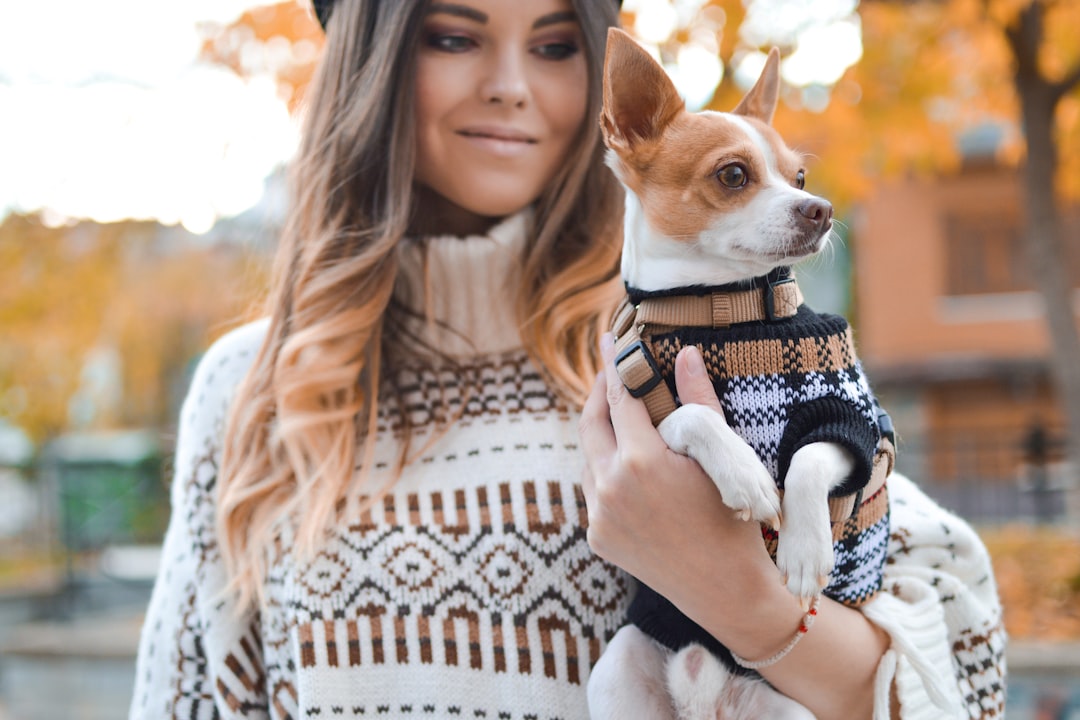Chilly Canine Care: Essential Winter Safety Tips for Your Furry Friend
Winter Safety Tips for Dogs: Learn how to protect your furry friend from the dangers of cold weather, including hypothermia, frostbite, and exposure to harmful chemicals, and discover ways to provide shelter, paw care, clothing, and extra food and water to keep them safe and comfortable.
Importance of Winter Safety for Dogs
Winter safety for dogs is a critical aspect of responsible pet ownership, particularly during the colder months when the harsh weather conditions can pose significant risks to their well-being. The dangers of cold weather for dogs are multifaceted, with hypothermia and frostbite being two of the most concerning health risks. For instance, dogs with short coats or those not accustomed to cold weather are particularly vulnerable and require extra attention to keep them safe during winter. It’s essential to monitor their time outdoors and ensure they have adequate protection from the cold. Furthermore, understanding the potential hazards of ice-melting agents is crucial. These chemicals can be harmful if licked off of bare paws, leading to irritation and even poisoning.
To illustrate, consider a short-haired Chihuahua that is not acclimated to cold weather. When exposed to freezing temperatures, this breed is at a higher risk of experiencing discomfort, and without proper protection, it may suffer from the adverse effects of the cold. Additionally, imagine a scenario where a dog encounters deicing chemicals on a sidewalk. If these substances are not promptly removed from its paws, the dog may inadvertently ingest them, leading to potential health complications. These examples highlight the importance of understanding the risks associated with winter weather and taking proactive measures to ensure the safety and well-being of our canine companions.
Identifying Signs of Discomfort in Dogs
Recognizing signs of discomfort in dogs during winter is essential for pet owners to provide timely care and support. For example, if you notice your dog shivering, lifting its paws, or trying to find warm spots, it’s a clear indication that the cold weather is affecting them. In these instances, it’s important to take immediate measures to help your pet stay warm and comfortable, such as providing them with a cozy blanket or adjusting the indoor temperature. Additionally, detailed symptoms of chapped paws and itchy, flaking skin in pets due to exposure to cold and deicing chemicals should not be overlooked. These signs can cause significant discomfort and potential health issues for the pet, emphasizing the need for pet owners to be vigilant and responsive to their pet’s well-being.
For instance, imagine a dog displaying signs of discomfort while outdoors in cold weather. By promptly recognizing these signs and providing necessary warmth and care, pet owners can prevent their pets from experiencing prolonged discomfort or potential health issues due to the cold. Furthermore, envision a situation where a dog exhibits symptoms of chapped paws and skin irritation after walking on a surface treated with deicing chemicals. By identifying these symptoms and taking proactive steps to alleviate the discomfort, pet owners can ensure their dogs remain comfortable and healthy during the winter months.
Keeping Dogs Indoors in Extreme Cold
During extreme cold, it is crucial to ensure the safety and well-being of our furry friends by keeping them indoors, especially those not suited for cold weather. Breeds such as Chihuahuas, Italian Greyhounds, and other small, delicate, or short-haired dogs are more susceptible to the cold and may require extra care to protect them from the harsh winter conditions. For example, providing these dogs with a cozy winter wardrobe, including sweaters or jackets, can help maintain their body temperature and shield them from the biting cold. Additionally, understanding the specific needs of different breeds is essential. While Siberian Huskies and Alaskan Malamutes are well-equipped to handle cold temperatures due to their thick double coats, breeds like the Greyhound may struggle in the cold due to their thin, single-layered coat. By recognizing these differences and taking appropriate measures, pet owners can ensure their dogs remain safe and comfortable during the winter months.
To further illustrate, imagine a toy breed dog, such as a Yorkshire Terrier, being exposed to extreme cold temperatures. Without adequate protection and care, this delicate breed may suffer from the adverse effects of the cold, highlighting the importance of providing them with a warm and safe indoor environment during extreme cold. Additionally, consider the case of a small, short-haired dog experiencing discomfort due to the cold weather. By understanding the specific needs of these dogs and providing them with appropriate winter wear and indoor shelter, pet owners can help mitigate the risks associated with extreme cold and ensure the well-being of their furry companions.
Outdoor Shelter and Safety
Ensuring that dogs have access to suitable outdoor shelter during the winter is vital to protect them from harsh weather conditions. Adequate shelter can shield them from extreme cold, wind, and precipitation, reducing the risk of hypothermia and frostbite. For example, a well-insulated dog house with dry bedding can provide a warm and safe retreat for dogs spending time outdoors during the winter months. This can be particularly important for outdoor dogs, as they may be more exposed to the elements and need a reliable refuge to stay comfortable and healthy. In addition to providing shelter, it’s essential for dog owners to be mindful of safety precautions when walking their pets near frozen bodies of water. During winter, bodies of water such as lakes, ponds, and rivers may freeze over, presenting potential hazards for dogs and their owners. By following safety tips and avoiding thin ice, such as using a leash near frozen water bodies and steering clear of areas with uncertain ice thickness, dog owners can help prevent accidents and ensure the safety of their pets during outdoor activities in winter.
To illustrate, consider a scenario where a dog is provided with a well-insulated shelter equipped with dry bedding and protection from harsh winds. This shelter serves as a warm and secure refuge, allowing the dog to safely enjoy outdoor activities without being exposed to the full force of the winter elements. Furthermore, imagine a situation where a dog owner follows safety precautions and avoids walking their pet near frozen bodies of water with uncertain ice thickness. By taking these measures, the dog owner can prevent potential accidents and ensure the safety of their pet during outdoor winter activities.
Paw Care in Winter
When it comes to paw care in winter, it’s crucial to pay attention to your dog’s feet to protect them from the harsh effects of cold weather. For example, deicing substances like salt and antifreeze can be extremely harmful if they come into contact with your dog’s paws. To prevent this, consider using paw protectors or boots when taking your dog for a walk in wintry conditions. These can act as a barrier between your dog’s paws and the potentially dangerous chemicals found on icy surfaces, ensuring their safety. In addition to using protective gear, it’s important to regularly inspect your dog’s paws for any signs of cold-weather injury. This includes checking for redness, cracking, or irritation caused by exposure to cold temperatures and deicing agents. Furthermore, removing ice balls that may have accumulated between the toes can help prevent discomfort and potential injury. By staying vigilant and taking these precautions, you can help maintain your dog’s paw health and overall well-being during the winter months.
For instance, envision a dog wearing paw protectors while walking on a path treated with deicing substances. These protective boots act as a shield, preventing the dog’s paws from coming into direct contact with harmful chemicals, thus safeguarding its well-being. Furthermore, consider a dog owner inspecting their pet’s paws after a walk in cold weather, promptly identifying and addressing any signs of irritation or injury. By taking these proactive measures, pet owners can ensure their dogs remain comfortable and healthy, even when exposed to wintry conditions.
Clothing and Bedding for Dogs
When it comes to clothing for dogs during the winter, it’s essential to consider the specific needs of different breeds. While some dogs have a thick and insulating double coat that provides natural protection against the cold, others may need additional layers to stay warm. For example, short-haired and small dogs, such as Chihuahuas or Dachshunds, may benefit from wearing sweaters or coats to maintain their body heat and protect them from chilly temperatures. These garments can be especially beneficial during outdoor activities or walks when the cold may be more intense. By providing appropriate clothing, pet owners can help their dogs stay comfortable and safe during the winter months. In addition to clothing, creating a cozy and warm sleeping environment is crucial for dogs, especially those that are more susceptible to feeling the cold. Heated dog beds can be a valuable investment, particularly for senior dogs or breeds that are prone to feeling chilly. These beds provide a consistent and gentle source of warmth, promoting better sleep quality and overall comfort for the animals. By offering a heated bed, pet owners can ensure that their dogs have a snug and inviting place to rest, which is particularly important during cold nights or in homes with limited heating.
For example, envision a small, short-haired dog wearing a sweater or coat while accompanying its owner on a winter walk. This extra layer of clothing provides the necessary warmth and protection, allowing the dog to enjoy outdoor activities without being adversely affected by the cold. Furthermore, consider the case of a senior dog sleeping on a heated bed during a particularly cold night. The gentle warmth provided by the heated bed ensures the dog’s comfort and well-being, contributing to a restful and cozy sleep experience.
Providing Extra Food and Water
During the winter season, dogs need more energy to keep warm in the cold temperatures. Therefore, it is crucial to provide them with additional food to support their increased energy requirements. For example, outdoor dogs may require a slightly larger portion of food to help them maintain a healthy body temperature during the winter months. Additionally, the cold weather can cause water to freeze, making it difficult for pets to access fresh and unfrozen water. This can lead to dehydration, which is why it’s essential to ensure that outdoor pets and livestock have access to clean, unfrozen water at all times. In freezing temperatures, outdoor pets can quickly become dehydrated if their water source is frozen. For instance, pet owners can use heated water bowls or invest in insulation devices to prevent water from freezing. Without adequate hydration, pets can suffer from various health issues, including dry skin, lethargy, and urinary tract problems. Therefore, providing extra food and water is a simple yet crucial step in ensuring the well-being of pets during the winter season.
To illustrate, consider a scenario where an outdoor dog receives an additional portion of food to meet its increased energy requirements during the cold weather. This extra nourishment helps the dog maintain its body temperature and overall health, addressing the elevated energy needs brought on by the cold temperatures. Additionally, envision a pet owner using a heated water bowl to ensure their outdoor dog has access to unfrozen water. This proactive measure prevents potential dehydration and promotes the pet’s well-being during the winter season.
Antifreeze Precautions for Dogs
Antifreeze is a common winter hazard for dogs, as its ingestion can result in kidney failure, posing a serious health risk to our furry friends. For example, a dog may accidentally ingest antifreeze if it leaks from a car’s radiator and pools on the ground. This underlines the importance of promptly cleaning up any spills from vehicles to prevent accidental ingestion by pets. In addition to cleaning up spills, it’s crucial to store antifreeze out of reach from pets. This can be achieved by tightly sealing containers of antifreeze and storing them in secure locations where pets cannot access them. For instance, storing antifreeze on high shelves or in locked cabinets can prevent dogs from accidentally coming into contact with this toxic substance. These precautions are vital in protecting dogs from the dangerous consequences of antifreeze ingestion during the winter months.
To further illustrate, imagine a scenario where a pet owner promptly cleans up a spill of antifreeze from their driveway, preventing their dog from accidentally ingesting the toxic substance. This swift action safeguards the pet from potential health complications and underscores the importance of proactive measures to prevent antifreeze ingestion. Furthermore, consider a situation where a pet owner securely stores containers of antifreeze in a locked cabinet, out of reach from their pets. By taking these precautions, the pet owner eliminates the risk of accidental exposure to antifreeze, ensuring the safety and well-being of their dogs during the winter season.
Emergency Preparedness for Winter
When planning for power outages in winter, it’s essential to consider the specific needs of pets to ensure their safety and well-being. Winter wellness check-ups for pets are crucial, as they can help identify any underlying health issues and ensure that they are ready to face the challenges of cold weather. For example, older dogs may have a harder time regulating their body temperature, so a wellness check-up can help address any age-related concerns and provide appropriate care to keep them comfortable during the winter months. Another critical aspect of emergency preparedness for winter is understanding the unique needs of livestock in cold weather. Livestock, including horses, have specific requirements for shelter, feed, and water during the winter season. For instance, ensuring access to fresh and unfrozen water is crucial for livestock to maintain their health and well-being in cold conditions. By being mindful of these specific needs, pet owners and livestock caretakers can take proactive measures to ensure the safety and comfort of their animals during the winter.
For instance, envision a senior dog receiving a winter wellness check-up that identifies age-related concerns and provides appropriate care to address its specific needs during the cold weather. This proactive approach ensures the dog’s comfort and well-being, taking into account its vulnerability to the challenges of winter. Additionally, consider the case of a livestock caretaker ensuring that horses have access to fresh and unfrozen water, addressing one of the crucial needs of livestock in cold weather. By being attentive to these specific requirements, pet owners and livestock caretakers can effectively safeguard the well-being of their animals during the winter season.
Recap of Winter Safety for Dogs
In summary, winter safety for dogs is a crucial aspect of responsible pet ownership, especially during the colder months. It’s important to recognize the potential health risks that winter weather can pose to dogs, including the dangers of hypothermia and frostbite. By being attentive to their dogs’ well-being, pet owners can identify signs of discomfort, such as shivering, lifting paws, or seeking warm locations, and take proactive measures to ensure their pets remain comfortable and healthy during the winter months. Additionally, the exposure to cold and deicing chemicals can lead to chapped paws and itchy, flaking skin in pets, highlighting the need for proactive measures to protect our furry friends from these issues. Providing suitable outdoor shelter, paw care, clothing, extra food, and water, as well as taking precautions against antifreeze, are essential steps in ensuring the safety and well-being of dogs during the winter months.
By being attentive to these details and taking the necessary precautions, dog owners can help their pets navigate the challenges of winter safely and comfortably. These measures can significantly contribute to the overall well-being and health of dogs during the colder months, allowing them to continue enjoying an active and happy lifestyle even in the face of challenging weather conditions.





